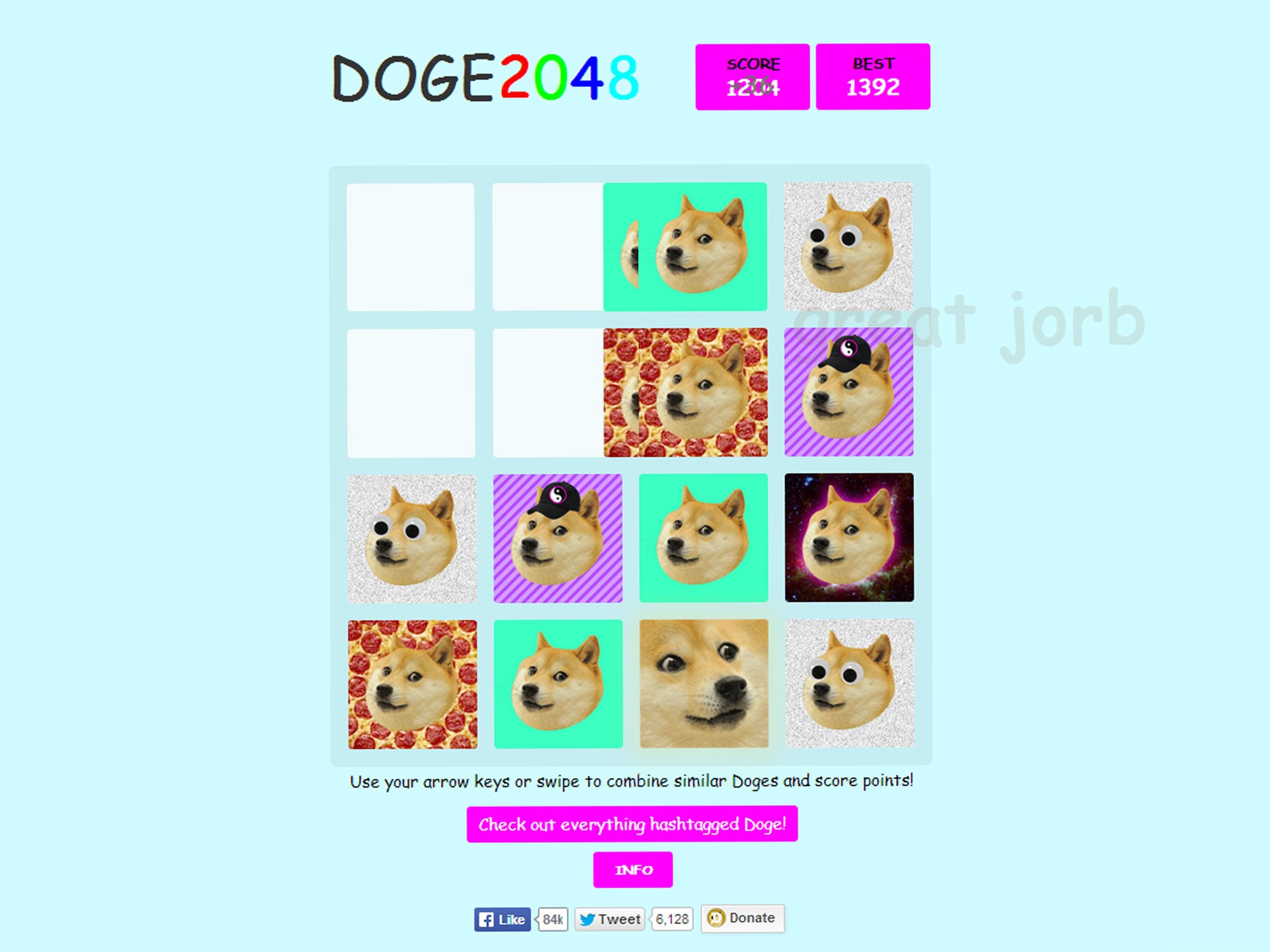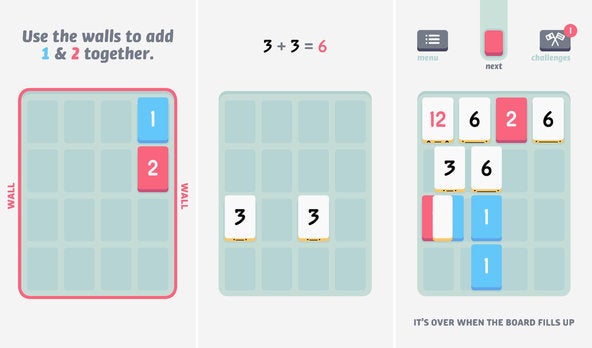The Independent's journalism is supported by our readers. When you purchase through links on our site, we may earn commission.
2048: How to play the addictive successor to the Flappy Bird game

Your support helps us to tell the story
From reproductive rights to climate change to Big Tech, The Independent is on the ground when the story is developing. Whether it's investigating the financials of Elon Musk's pro-Trump PAC or producing our latest documentary, 'The A Word', which shines a light on the American women fighting for reproductive rights, we know how important it is to parse out the facts from the messaging.
At such a critical moment in US history, we need reporters on the ground. Your donation allows us to keep sending journalists to speak to both sides of the story.
The Independent is trusted by Americans across the entire political spectrum. And unlike many other quality news outlets, we choose not to lock Americans out of our reporting and analysis with paywalls. We believe quality journalism should be available to everyone, paid for by those who can afford it.
Your support makes all the difference.Numbers, eh? What’re they about? We couldn’t say for sure but if addictive puzzle game 2048 is anything to go by then numbers are like letters but for counting and adding up.
In 2048 you play in a four by four grid, adding numbered tiles together using the arrow keys on your keyboard. You start with a pair of twos, shuffle them together to make four, and then frown slightly as you notice the extra twos that have appeared elsewhere on the board.
No problem, you think, I’ll just swipe those together to make a four, then add those fours to make an eight - but then there’s already more twos on the board and you realise it will never end until you reach 2048 – a four-digit goal that we’re fast suspecting is God’s PIN number.
2048 is interesting for a couple of reasons, not simply because in the wake of Flappy Bird, the internet (and media outlets - guilty as charged) seem happy to latch on to any sort of addictive, free-to-pay game, but because games of this sort quickly turn into an odd, meme-based conversation ricocheting back and forther across blogs and Twitter.

Clone of a clone of a clone
Since 2048 took off online barely a week ago there have been dozens of parodies. These include a version that allows you to instantly win (complete with the victory fanfare from 1997 RPG Final Fantasy VII), a multiplayer edition, a Tetris spin-off and others that replace the numbered tiles with Doctor Who or images of doge (our favourite). And, if you had any doubts that one day the internet was going to eat itself and flop over dead, there’s even a Flappy Bird version.
Oddly enough though 2048 is itself a clone of a clone. The tiles-in-a-grid mechanism seems to have originated with paid iPhone game Threes, which has a slower pace of play but adds charming animations and sound effects.

This was quickly ripped by another iPhone game named 1024 (it wasn’t subtle about its origins, with the App Store description reading “No need to pay for Threes”) which was ported online and then spruced up by Italian developer Gabriele Cirulli, who added animation to it.
Of all of these it's not just chance that it was Cirulli’s that took off. Playing through all the different versions, it's his mixture of speed and animations that make for the most satisfying and addictive game.
The numerous clones of the game are also thanks to the fact that Cirulli posted 2048 on a site named GitHub, meaning that the code for the game was up-for-grabs for anyone to copy, customize or clone. The speed of the internet means that trends like this can spawn, blossom (and die) in the space of just a few weeks. So, we say enjoy 2048 while you can - and not just because it's a Friday.
Join our commenting forum
Join thought-provoking conversations, follow other Independent readers and see their replies
Comments